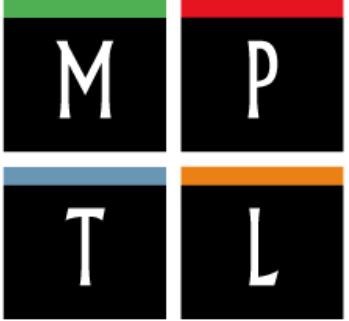25th International Workshop on Multimedia in Physics Teaching and Learning
→
Europe/Zurich
University of Wrocław
Institute of Experimenatal Physics
Description
25th MPTL Wrocław 
8 - 10 September 2022
The International Workshop on Multimedia in Physics Teaching and Learning provides an annual forum to exchange information and ideas about the use of multimedia in physics teaching and learning.
Hosted by University of Wrocław, Institute of Experimental Physics
Main topic of the workshop
Physics Teaching and Learning with Mobile Technologies
Scientific Committee
- Wolfgang Christian, Davidson College, USA
- Ton Ellermeijer, CMA Science, the Netherlands
- Raimund Girwidz, Ludwig-Maximilians-Universität München, Germany
- Tomasz Greczyło, University of Wrocław, Poland
- Bruce Mason, University of Oklahoma, USA
- Marisa Michelini, University of Udine, Italy
- Lars-Jochen Thoms, Chair of Science Education, University of Konstanz, Germany and Thurgau University of Education, Switzerland
Local organizing committee
- Tomasz Greczyło - chairman
- Robert Bryl
- Ewa Dębowska
- Mirela Kaczmarek